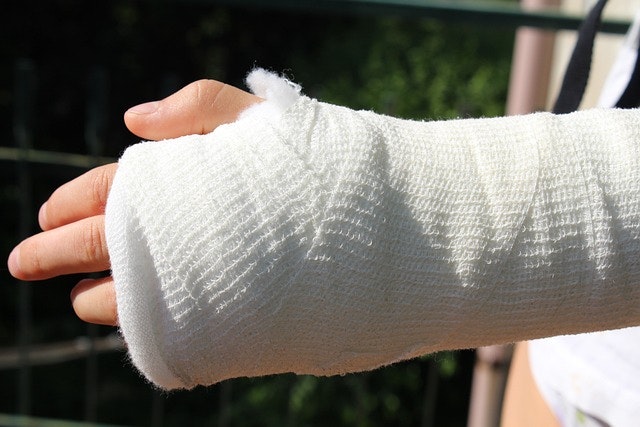Experiencing an injury at work can be a distressing and life-changing event. Workers who find themselves in this position deserve both empathy and support as they navigate the recovery process. One critical component of this support is workers' compensation—a system designed to provide medical benefits and financial assistance to employees who are injured on the job. However, understanding what injuries are covered under workers' compensation can often be complex, making it essential for both employees and employers to comprehend these details clearly.
Qualification for Workers' Compensation
According to the Occupational Safety and Health Administration (OSHA), an employee qualifies for workers' compensation if the injury occurred due to working conditions or aggravated an existing condition. This fundamental principle ensures that any harm directly linked to job responsibilities is acknowledged and compensated.
Common Injuries Covered
- Muscle Sprains: Often resulting from overexertion, these injuries can cause significant pain and require time off for recovery.
- Fractures: These are common in workplaces involving physical labor or hazardous conditions.
- Contusions: Severe bruising can result from falls or impacts with heavy machinery.
- Burns: Employees working with hot substances or open flames are at high risk of burns.
- Electrocution: Especially prevalent in construction and maintenance jobs.
- Carpal Tunnel or Tendonitis: These repetitive stress injuries are common in roles requiring extended periods of the same motion.
- Cuts or Deeper Lacerations: These injuries can occur in kitchens, factories, and any environment with sharp tools or machinery.
Exclusions from Coverage
Workers' compensation does have its limits. Certain scenarios typically do not qualify for compensation:
- Injuries sustained while the employee was intoxicated or under the influence of drugs.
- Injuries resulting from non-compliance with safety regulations.
- Injuries occurring outside company time or premises.
- Injuries from physical altercations, depending on the circumstances and who initiated the fight.
Eligibility Criteria
Generally, if an injury occurs while the employee is at work and there is no negligence on the part of the employee, they are likely eligible for workers' compensation. This system ensures that workers are not left to bear the burden of medical expenses and lost wages due to workplace injuries.
The importance of workplace safety and adherence to regulations cannot be overstated. These proactive steps not only prevent accidents but also facilitate smoother compensation processes when injuries do occur. Employees are encouraged to document their injuries thoroughly and report them immediately. This documentation includes taking photographs, obtaining witness statements, and keeping medical records. Such thoroughness ensures that claims are supported by sufficient evidence.
For any uncertainties or specific cases that require professional evaluation, consulting with a workers' compensation lawyer is highly advisable. Moreover, employers can benefit from engaging workplace safety consultants to ensure their environment complies with safety standards, thus minimizing the risk of injuries.



























